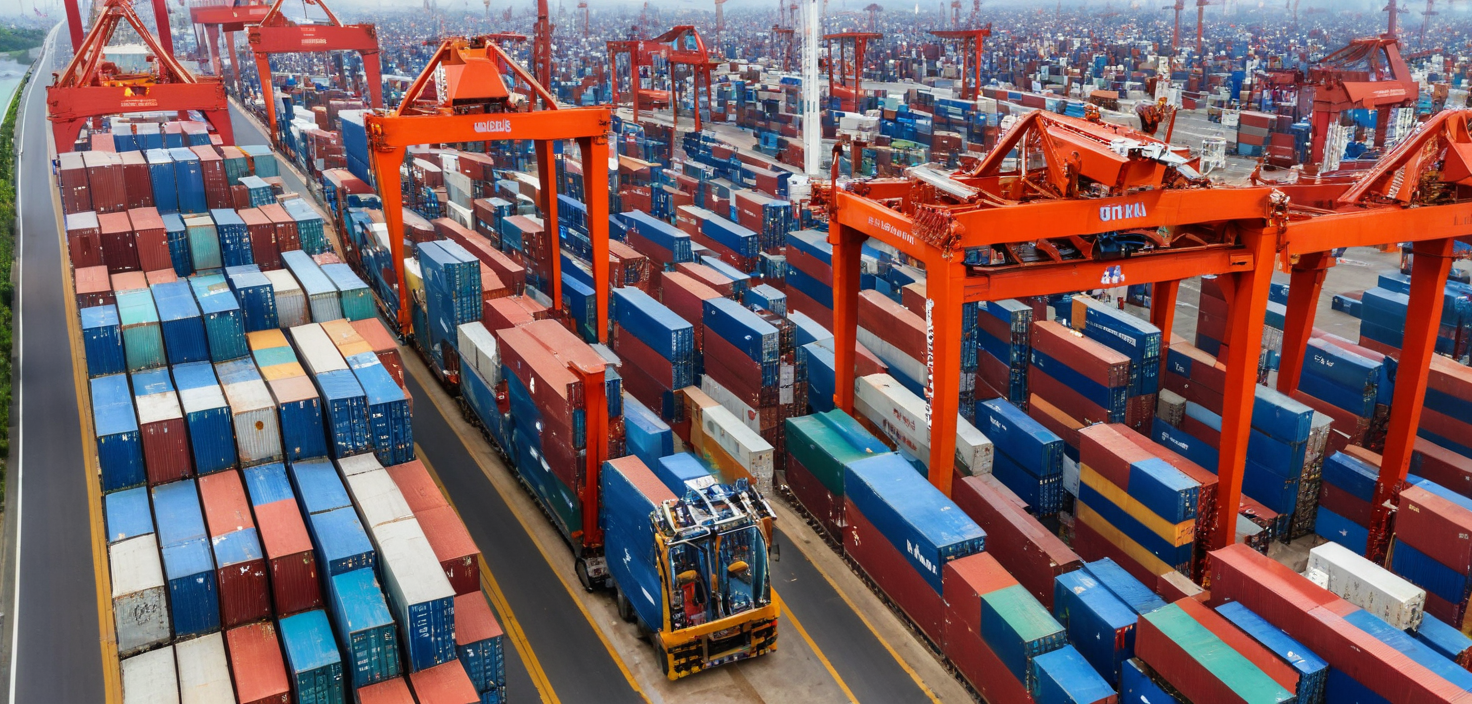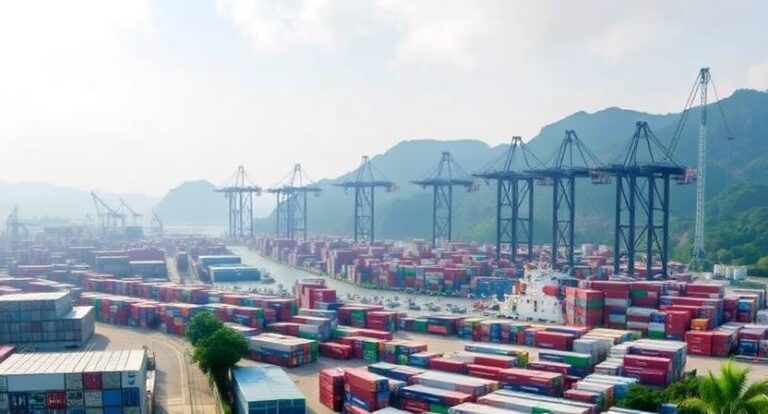Vietnam’s emergence as a dominant force in global manufacturing is propelled by the China+1 strategy, positioning the country as a strategic location for business relocation. With optimistic growth projections for its import-export sector, Vietnam is poised to thrive as the global economy rebounds. Industries set for significant import and export expansion include electronics, textiles, pharmaceuticals, coffee, and e-commerce, underscoring Vietnam’s importance in global trade.
As China’s rising production costs push businesses to explore new destinations, Vietnam has stepped up as a formidable competitor. The growing trend of orders shifting from China to Vietnam is evident, with China’s once-dominant Pearl River Delta losing its edge due to escalating costs and regulatory complexities. The movement of operations from China to Vietnam reflects a larger shift in the region’s manufacturing landscape.
Strategically located in Southeast Asia, Vietnam offers an ideal export hub for accessing ASEAN markets. The country’s manufacturing sector contributed nearly 20% of its GDP in 2023, with aspirations to increase this share to 25% by 2025.
Vietnam’s expanding network of Free Trade Agreements (FTAs) is a major driver of its growing international trade and investment potential. Trade agreements like RCEP, EVFTA, and UKVFTA have opened doors for businesses, especially amidst the ongoing US-China trade tensions. In 2020, Vietnam’s labor costs were significantly lower than in China and its Southeast Asian counterparts, providing a competitive edge for manufacturing operations.
Vietnam is experiencing robust growth across various sectors. Domestic consumption has surged, with retail sales growing by 8.8% in the first three quarters of 2024. The nation’s population, which surpassed 100 million by the end of 2023, and its rapidly expanding middle class, create a dynamic market for foreign goods. The US remains Vietnam’s largest export market, with trade between the two countries exceeding $100 billion for the third consecutive year.
Top Export Markets:
- USA: $96.99 billion
- China: $60.71 billion
- South Korea: $23.45 billion
- Japan: $23.29 billion
- Hong Kong: $10.23 billion
Top Import Markets:
- China: $110.63 billion
- South Korea: $52.47 billion
- Japan: $21.63 billion
- Taiwan: $18.42 billion
- USA: $13.82 billion
Key Export Industries in Vietnam
Textiles: Vietnam’s textile industry remains a powerhouse, ranking among the top exporters globally. With over 6,000 companies and a workforce of 2.5 million, the sector continues to grow, especially in markets like the US, where textile exports surged by 5% in 2024.
Electronics: Vietnam has increasingly become a hub for high-tech manufacturing. Samsung, LG, and Intel have made significant investments in the country, contributing to Vietnam’s rise as a top exporter of electronics. Samsung alone has transformed Vietnam into a major production base, accounting for 30% of its global revenue.
Pharmaceuticals: The Vietnamese pharmaceutical market is set for continued expansion, with a projected value increase from $7 billion in 2024 to $16.1 billion by 2026. This growth is driven by the government’s focus on universal health coverage and an increasing consumer demand for healthcare.
Automotive: With a growing automotive market, Vietnam is striving to develop its domestic car manufacturing industry. The country’s automotive market is expected to sell 1.7 to 1.85 million units by 2035, and Vietnam is positioning itself as a competitor in the ASEAN region.
Electric Vehicles (EVs): The rise of electric vehicles is particularly notable in Vietnam, which is witnessing rapid growth in electric motorbike and car markets. VinFast, Vietnam’s leading EV manufacturer, has already begun exporting electric cars to the US, with plans for continued expansion.
Coffee: As the world’s second-largest coffee exporter, Vietnam’s coffee industry continues to play a vital role in the global supply chain. The country’s favorable climate conditions and low production costs position it to potentially surpass Brazil as the top coffee exporter.
E-commerce: Vietnam’s e-commerce market has boomed, with 2023 marking a year of 52.9% growth in gross merchandise value (GMV). The country’s growing consumer base and increasing disposable income make it an attractive destination for foreign investment in e-commerce.
Vietnam’s Top Export Goods (2023)
- Electronics / Computers: $57.34 billion
- Phones & Components: $52.38 billion
- Machinery: $43.13 billion
- Textiles: $33.33 billion
- Footwear: $20.24 billion
Vietnam’s Top Import Goods (2023)
- Electronics / Computers: $88 billion
- Machinery: $41.6 billion
- Fabrics: $13 billion
- Iron & Steel: $10.4 billion
- Plastics (Primary Form): $9.8 billion
Vietnam’s role as a key player in global trade is growing rapidly, with its strategic location, low-cost manufacturing base, and expanding trade agreements providing a competitive advantage for businesses. The government’s push for economic reform, the rising domestic market, and strong export sectors such as electronics, textiles, and pharmaceuticals make Vietnam an increasingly attractive investment hub in Southeast Asia. As Vietnam continues to integrate into the global economy, businesses looking to expand in Asia should consider the country as a pivotal destination for investment, particularly for those aiming to tap into ASEAN and global markets.
As Vietnam solidifies its position as a manufacturing and export powerhouse in the Asia-Pacific region, businesses looking to capitalize on emerging market opportunities should seriously consider Vietnam for their next strategic move. With its evolving trade network, competitive labor costs, and rapid economic growth, Vietnam stands out as a key player in Asia’s supply chain, offering unparalleled opportunities for foreign investors.

